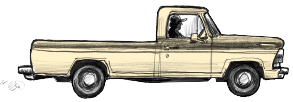Danger
Beauty
Mystery
The return of California’s tule fog
This winter the tule fog returned to California’s Central Valley. It had been as good as gone for years.
But now, as I write this, it’s whiting-out my window like a coat of paint. On the highway, the Caltrans signs will be flashing in orange lights, “Caution Heavy Fog.” But drivers who don’t know tule fog won’t realize how serious the warning. They won’t slow in time. There is danger literally in the air.
This fog isn’t the type that rolls in from the ocean, or wraps curling tendrils around hillsides. Tule fog is not the mist in a horror movie, parting to reveal a monster. It is the monster, suddenly materialized.
It is also a misty-cool stamp of time and place in a valley that’s always seen itself as a place apart.
Technically speaking, tule fog (pronounce TOO-lee) is just the name people in the Central Valley give radiation, or ground, fog. But to say “technically speaking” means there is far more to explain.
The address of the National Weather Service office in Hanford is 900 Foggy Bottom Road.
When Jeffrey Barlow, who grew up sailing Ventura’s coastal fogs, first transferred here in 2006, co-workers told him the road’s name derives from the tule fog, which rests heavy at this spot.
“What’s tule fog?” the meteorologist asked.
“They were like, ‘Oh, you’ll see: dun-dun, dun-dun,’” he recalled, mimicking the shark theme from “Jaws.”
Now, Barlow describes tule fog as being able to look straight up and see the stars and moon, but not be able to see the house across the street. It will turn his drive from Visalia to Foggy Bottom Road into a tense, nearly blind commute.
“Technically speaking, radiation fog can form in any valley,” he told me. “But this isn’t any valley.”
He noted the vast mountain ranges standing sentry around it. During severe bouts of tule fog, satellite photographs show the entire 450-mile-long valley as a block of grayish white.
“We have the Sierra to the east, the Tehachapi to the south,” Barlow said. “To see this fog on such a large scale, is a Central Valley thing. Unless you’ve lived here, you’ve never seen anything like it.”
One winter when I was new to Fresno, I sat with a writer friend at a restaurant.
The tule fog formed, the street view disappeared, leaving only the wavy glow of streetlamps.
“I hate this with every fiber of my being,” I told him.
“No,” he said. “It’s beautiful. Get your coat.”
We walked through streets blanketed by mist, barely able to see the outline of even each other. There was muffled silence until he bid me listen to a soft drip-drip-drip that didn’t sound like rain. Tule fog has a sound.
Later he told me that everyone he loved who had died, had died during one of the valley’s thick fogs.
It takes three things to form tule fog. The ground must be wet, be it from rain or irrigation; the air must be still and able to hold enough moisture to form a cloud, but not rain. During the drought years that ended in 2017 the land was dry, fields fallowed. Then came a flood year, full of storms and air too turbulent to allow fog. More dry years followed. Tule fog grew uncommon or at least thin enough to provoke conversations about what was “really” tule fog. (Is it tule fog if you don’t roll down your window at an intersection?) But then after the strong rains of this winter, on cold, still nights the thick fog came back and its return brought memories.
My colleague Paul Duginski recalls a foggy night in 1989, when his wife, Bernadette, went into labor:

Sacramento, December 1989...
Honey, wake up! I think this is it!
You’d better bring her to the hospital...
Oooh!
This fog is thick. I could hardly see if the garage door closed.
Just hurry... ooh!
I can’t see beyond the end of the hood. I have to listen — it’s the only way I know anything is coming.
Don’t roll down the window! It’s freezing!
On northbound Interstate 80...
Ungh!
I think this is our offramp coming up... I can’t read the sign.
On surface streets...
I think this is where we turn... I’m not sure...
Whewwww, hurry!
The lights above the suburban hospital parking lot came into view...
This is a cul-de-sac! I can see the hospital lights, but I can’t get to them!
Oh my God, hurry!
Oh, my God, #*!*#%!
We need to turn back! This is like a #*!*#%! maze!
After frantically backtracking, we finally escaped the labyrinth of streets near American River Hospital...
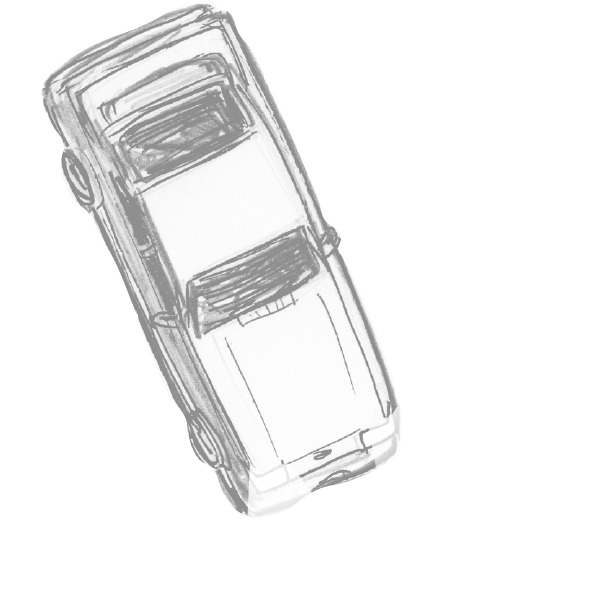
Are you doin’ OK, honey?
Oooh! Whew!
Groan!
...and made it to the ER.
It’s gonna be OK — we’re here...
Look, they’ve got a wheelchair ready for you...
In the next few hours, Bernadette gave birth. By the time the pale daylight was parting the thick veil of fog, I was holding our newborn daughter, Theresa.

Sacramento, December 1989...
Honey, wake up! I think this is it!
You’d better bring her to the hospital...
Oooh!
This fog is thick. I could hardly see if the garage door closed.
Just hurry... ooh!
Don’t roll down the window! It’s freezing!
I can’t see beyond the end of the hood. I have to listen — it’s the only way I know anything is coming.
On northbound Interstate 80...
Ungh!
I think this is our offramp coming up... I can’t read the sign.
On surface streets...
I think this is where we turn... I’m not sure...
Whewwww, hurry!
The lights above the suburban hospital parking lot came into view...
This is a cul-de-sac! I can see the hospital lights, but I can’t get to them!
Oh my God, hurry!
Oh, my God, #*!*#%!
We need to turn back! This is like a #*!*#%! maze!
After frantically backtracking, we finally escaped the labyrinth of streets near American River Hospital...

Are you doin’ OK, honey?
Oooh! Whew!
Groan!
...and made it to the ER.
It’s gonna be OK — we’re here...
Look, they’ve got a wheelchair ready for you...
In the next few hours, Bernadette gave birth. By the time the pale daylight was parting the thick veil of fog, I was holding our newborn daughter, Theresa.

Sacramento, December 1989...
Honey, wake up! I think this is it!
You’d better bring her to the hospital...
Oooh!
This fog is thick. I could hardly see if the garage door closed.
Just hurry... ooh!
Don’t roll down the window! It’s freezing!
I can’t see beyond the end of the hood. I have to listen — it’s the only way I know anything is coming.
On northbound Interstate 80...
Ungh!
I think this is our offramp coming up... I can’t read the sign.
On surface streets...
I think this is where we turn... I’m not sure...
Whewwww, hurry!
The lights above the suburban hospital parking lot came into view...
This is a cul-de-sac! I can see the hospital lights, but I can’t get to them!
Oh my God, hurry!
Oh, my God, #*!*#%!
We need to turn back! This is like a #*!*#%! maze!
After frantically backtracking, we finally escaped the labyrinth of streets near American River Hospital...

Ooh! Whew!
Are you doin’ OK, honey?
Groan!
...and made it to the ER.
It’s gonna be OK — we’re here...
Look, they’ve got a wheelchair ready for you...
In the next few hours, Bernadette gave birth. By the time the pale daylight was parting the thick veil of fog, I was holding our newborn daughter, Theresa.

Sacramento, December 1989...
Honey, wake up! I think this is it!
You’d better bring her to the hospital...
Oooh!
This fog is thick. I could hardly see if the garage door closed.
Just hurry... ooh!
Don’t roll down the window! It’s freezing!
I can’t see beyond the end of the hood. I have to listen — it’s the only way I know anything is coming.
On northbound Interstate 80...
Ungh!
I think this is our offramp coming up... I can’t read the sign.
On surface streets...
I think this is where we turn... I’m not sure...
Whewwww, hurry!
The lights above the suburban hospital parking lot came into view...
This is a cul-de-sac! I can see the hospital lights, but I can’t get to them!
Oh my God, hurry!
Oh, my God, #*!*#%!
We need to turn back! This is like a #*!*#%! maze!
After frantically backtracking, we finally escaped the labyrinth of streets near American River Hospital...

Ooh! Whew!
Are you doin’ OK, honey?
Groan!
...and made it to the ER.
It’s gonna be OK — we’re here...
Look, they’ve got a wheelchair ready for you...
In the next few hours, Bernadette gave birth. By the time the pale daylight was parting the thick veil of fog, I was holding our newborn daughter, Theresa.
The fog memories tie generations. The way farmers would dig out troughs for their children to follow from the road to house without getting lost on the way to school. The time Dad parked in front of the house — but was really in a field.
Henry Perea Sr., a longtime Fresno politician, has a common high school fog memory. When he was a student at San Joaquin Memorial in the ’70s, he looked forward to tule fog so he could go to the baseball dugout and make out with his girlfriend.
“The fog is rolling in right now and it’s bringing back memories,” said Perea. “I wonder where she is now.”
There are always the same tips about driving in tule fog. The main one: Don’t. But if you must, don’t suddenly brake even if you hit a fog bank and can’t see. Don’t use your high beams. Avoid the stretch on Highway 99 between Selma and Fresno where the land dips.
In 2007 in that spot, there was a pileup of 108 vehicles including 18 big rigs that injured at least 100 people. Two people died.
My neighbor Wayne Schwabecher was in a similar pileup outside Madera on his way to a plumbing job some years back. He and his employee Leon weren’t hit, but they were caught in the tangle.
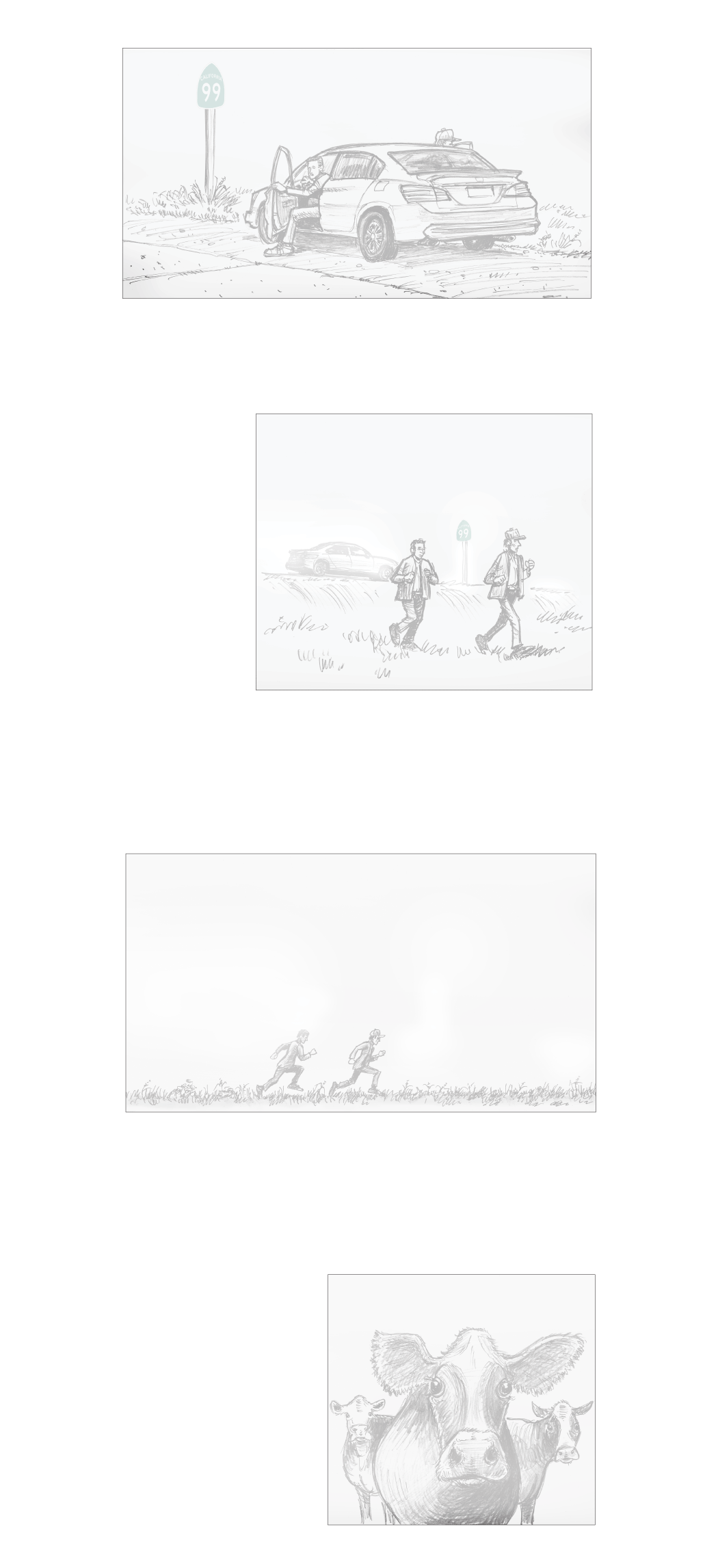
Outside Madera, circa 1982...
Run for it!


They ran until they realized they were not alone.
Moo
Moo
Moo
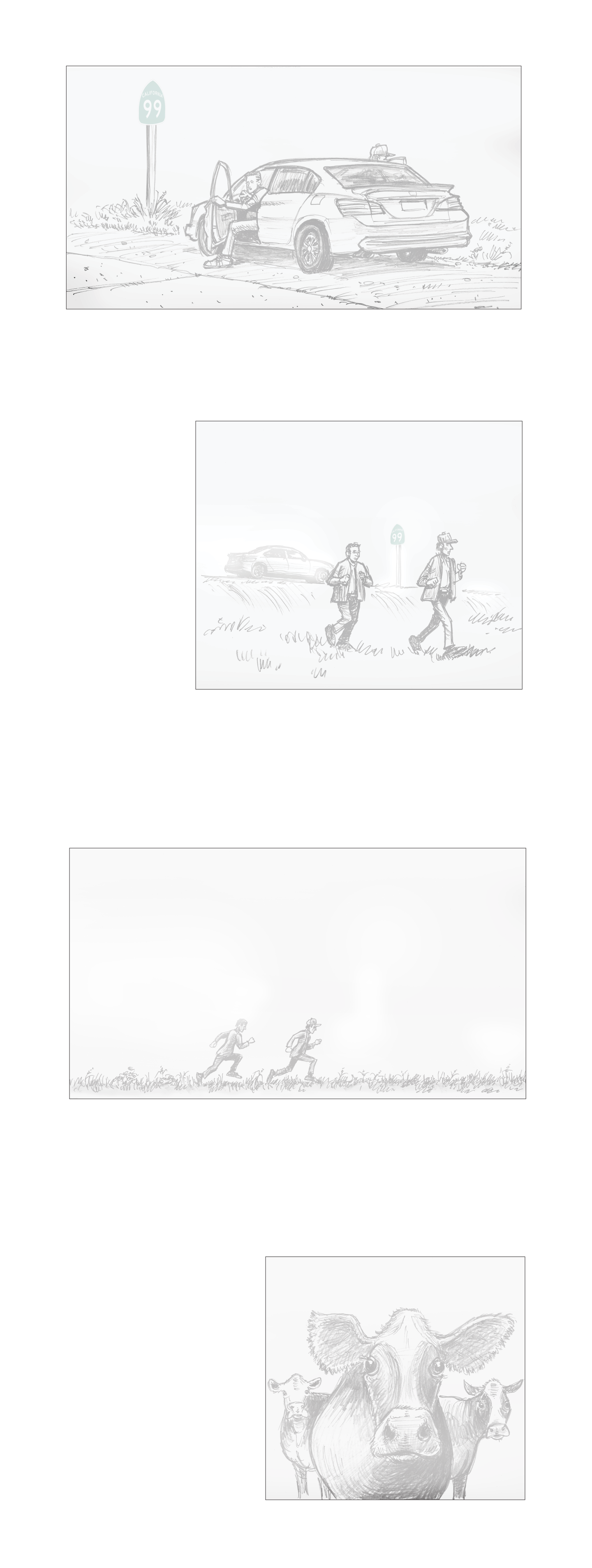
Outside Madera, circa 1982...
Run for it!


They ran until they realized they were not alone.
Moo
Moo
Moo

Outside Madera, circa 1982...
Run for it!


They ran until they realized they were not alone.
Moo
Moo
Moo

Outside Madera, circa 1982...
Run for it!


They ran until they realized they were not alone.
Moo
Moo
Moo
In the Central Valley this is the time of the year when farmworkers prune the vines, pulling the dead wood to allow for new growth. It’s when the packinghouses brim with citrus.
It means that workers travel narrow roads predawn through fields where the fog is thickest.
When I was first a reporter here, people tried to teach me to drive on rural roads in fog. They told me to follow any taillights in front of me, as the driver was probably a farmer who knew the way.
One night, my heart pounded and my shoulders clenched as I drove faster than I wanted trying to keep up with an unknown driver in thick fog. When I finally slowed, I lost the taillights and was all alone in a sea of white.
I drove 30 miles an hour, windows down, trying to follow the line painted on the right side of the road until I reached Highway 99. I only stayed on the highway until I saw the 3-2-1 reflective exit markers.
These are special markers on freeways prone to fog. On the shoulder there will be three reflectors embedded in the pavement 2,100 feet before an exit. Two reflectors appear at 1,400 feet and a final one at 700 feet.
After the last marker, I saw the white line veer — an exit that led me to a brightly lit gas station parking lot, where I sat until my heart slowed and my shoulders leveled.
Scientists have identified a more than 30-year decline in tule fog. It’s a worry for stone fruit and nut farmers who need the fog to hold the chill on their trees.
A 2019 UC Berkeley study linked declining fog to declining air pollution — a hard sell to locals who struggle with some of the worst air in the nation. The decline is more often linked to climate change and development, with foggy fields being paved over. But this year’s tule fogs did follow a suffocating autumn of wildfire smoke.
The fog is named for tule reeds that grew along the banks of the disappeared Tulare Lake, once the largest body of fresh water west of the Mississippi.
There is a Central Valley legend that the tule fog is a curse from a leader of one of the Yokut tribes who lived off the bounty of Tulare Lake. The story goes that he watched the lake’s eventual demise, defiled by hogs, and the rivers that fed it diverted. Before the leader died, he said that every year the water of the ghost lake would rise and haunt those who drained it.
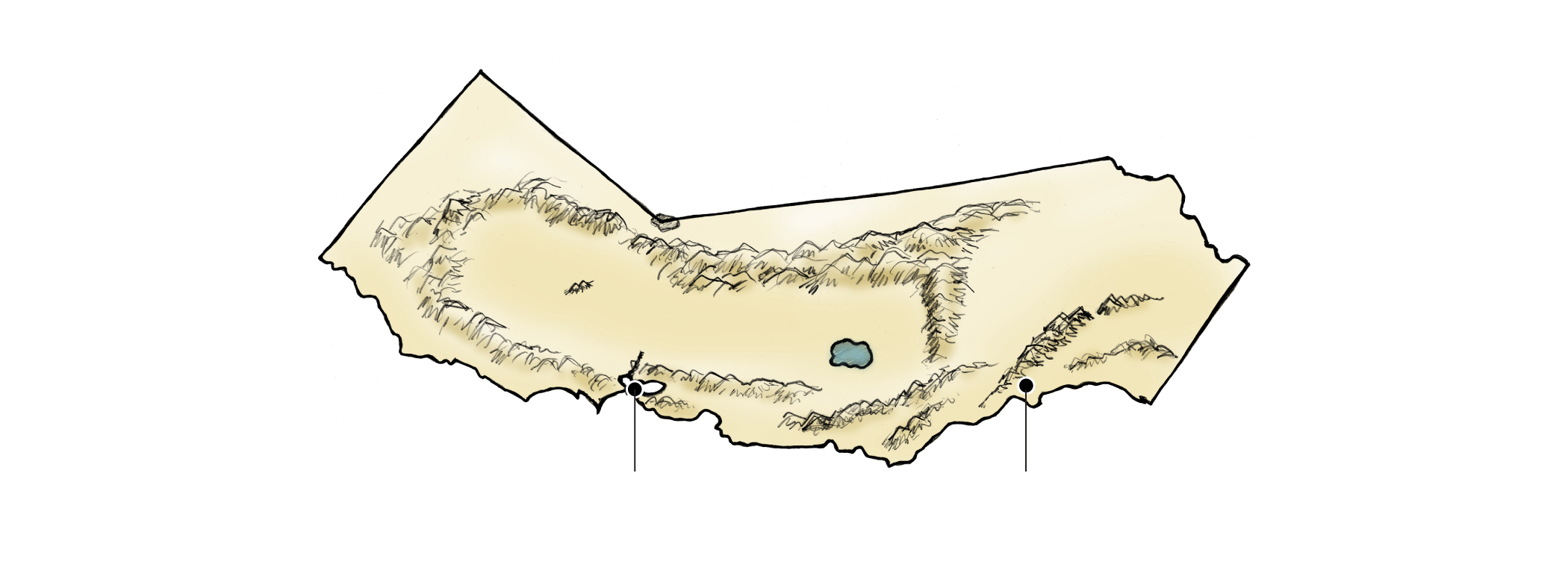
Tulare Lake
Los Angeles
San Francisco
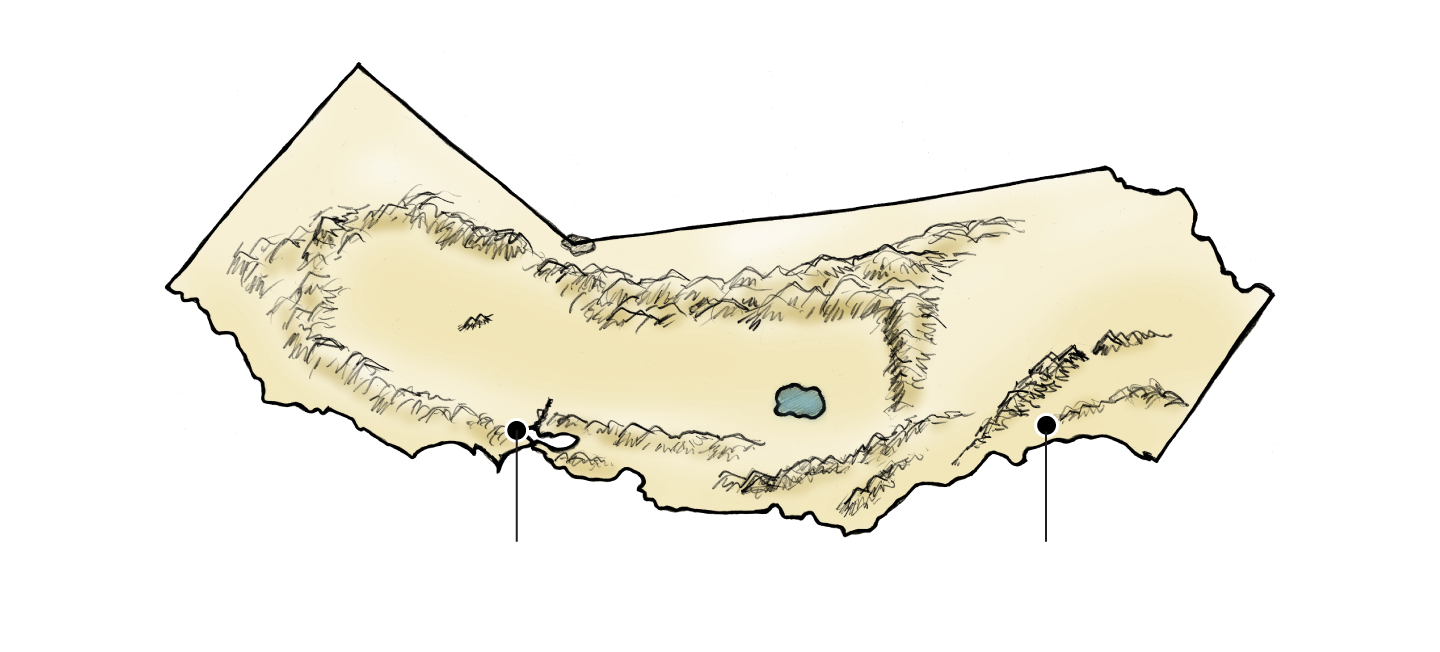
Tulare Lake
San Francisco
Los Angeles
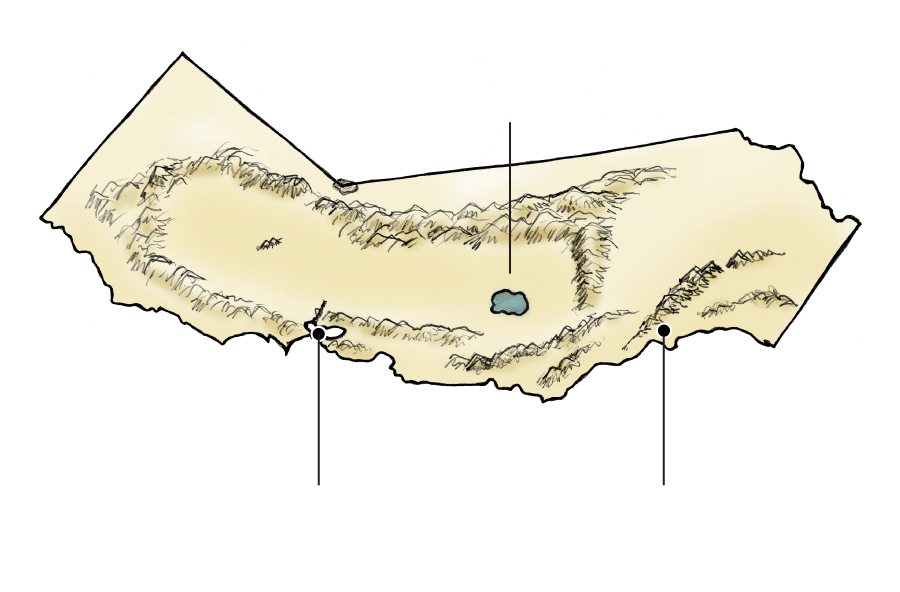
Tulare Lake
Los Angeles
San Francisco
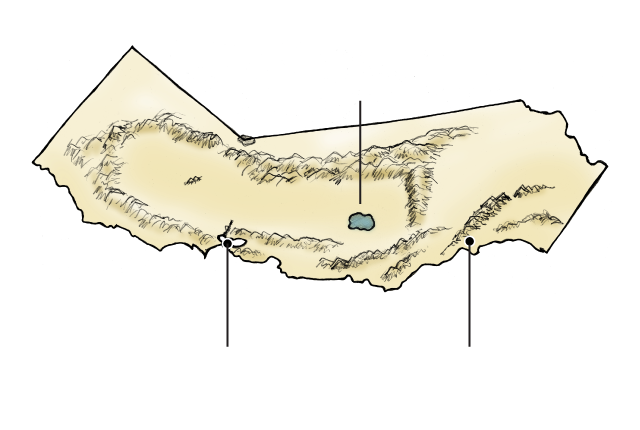
Tulare Lake
Los Angeles
San Francisco
Experts on California tribes said that they know of no such tale and that it’s probably a fiction from white settlers. True or not, the parable says that destroying the environment will bring a curse. The natural world will continue to remind us of what was lost.
This year, the return of the fog I had once despised was darkly enchanting. Curse or not, it’s a marker of season, and it belongs to this particular place.
One night, I took my dog for a walk and could only make out his tail. But if I looked straight up, I could see stars.
Going into the third year of a deadly pandemic that made the contours of the familiar fuzzy, the tule fog seems to give my disorientation a physical shape. Sometimes a few steps ahead is all you can see.
